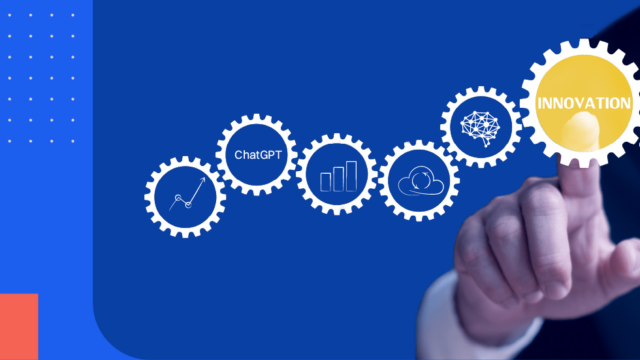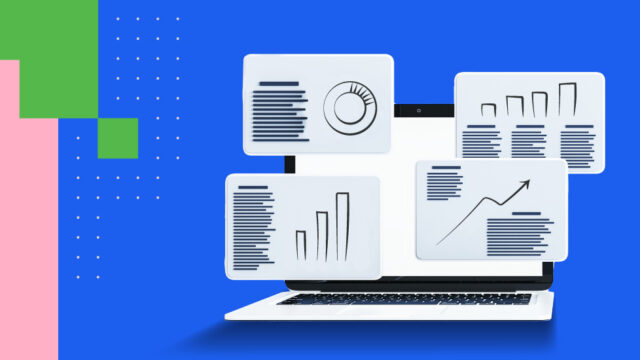
The Features You Need in a Modernized Quality Management System
What you need to know about the changing face of audit & assurance quality management.
Today, quality management is playing an increasingly important role for audit and assurance practices. Quality Management Systems (QMS) help ensure the services provided to clients are of the highest quality and meet industry standards.
There have been several updates to global quality management standards, like ISQM (International Standard for Quality Management) in the past year. ISQM has updated its framework to align with the latest advancements in technology and business practices, reflecting the changing needs of organizations in a rapidly evolving global market.
The new framework includes a stronger emphasis on data-driven decision-making, continuous improvement and stakeholder engagement. Similarly, other regional bodies have also followed suit and updated their standards, including CSQM (Canadian Standard for Quality Management) in Canada and SQMS (Statement on Quality Management Standards) in the U.S.

These updates to quality management standards reflect the growing importance of quality in an ever-evolving business environment. Firms that are able to effectively implement these standards and incorporate them into their audit and assurance practices will ensure compliance with the latest regulations and high-quality services, thereby reducing the risk of legal issues and penalties.
Key factors for consideration
In the past, quality managament systems were often viewed as time-consuming and cumbersome. With advancements in technology, however, they have become more streamlined and accessible.
A modern QMS allows companies to direct and coordinate their operations to meet both regulatory and customer requirements, while also improving their efficiency on a regular basis. As such, any firm looking to upgrade its quality management software should consider the following key factors:
Controlled access
One of the most important features of a modernized system is controlled access. This ensures sensitive and confidential information about the firm’s clients is only available to authorized personnel. With controlled access, accounting and audit firms can reduce the risk of data breaches, unauthorized access to sensitive information, and other security issues.
Risk assessment
A modernized QMS has a risk assessment process that establishes quality objectives and identifies and assesses potential risks to achieving those quality objectives. By integrating this process into the overall quality management process, firms can clearly identify and mitigate quality risks to be able to design and develop responses to mitigate the identified risks.
Intuitive user experience
Any modern system should have an intuitive user experience that is easy to use and understand. This will make it easier for employees to adopt the system and use it effectively. A well-designed user interface should also provide clear and concise instructions, allowing users to complete tasks quickly and accurately.
Cloud-based
Cloud-based QMS offers a number of advantages over traditional, on-premise systems. For example, they are accessible from anywhere with an internet connection, making it easy for employees to access quality information from anywhere in the world. In addition, cloud-based systems are often more secure and reliable than on-premise systems, as the data is stored on secure servers and is backed up regularly.
Automated reminders
Automated reminders are a key feature of a modernized system of quality management. They help ensure that quality tasks are completed on time, strengthening the systems of quality management. For example, automated reminders can be used to remind employees to perform periodic independence checks, annual ethic attestations and follow up on client feedback. Automated reminders can be delivered via email, text message or in-app notifications.
Select the right Quality Management System solution for your needs
A robust system of quality management (SoQM, or QMS) is essential for practices that want to effectively manage and monitor quality. When selecting your software for quality management, it is important to choose one that includes the key features outlined above in order to stay on top of risks and achieve your quality goals.
It is also important for firms to choose a solution that integrates well with other systems and tools used by the firm. For example, an integrated app that links with accounting and audit software can provide a seamless and efficient experience for employees. This will also help to ensure that data is accurate and up-to-date, reducing the risk of errors and inaccuracies.
With the implementation of the new QMS, the emphasis has shifted to a modernized, risk-based system of quality management, rather than quality control. Firms are therefore no longer able to establish control quality by merely implementing policies and procedures as prescribed in the standards. You now have to proactively manage quality in the firm. This makes selecting the right solution all the more crucial for the firm, to ensure that audit and assurance practices can consistently meet quality standards, increase credibility and, ultimately, improve overall efficiency.
Take the first step toward improving the quality of your firm’s operations by implementing a more efficient, effective and scalable global app like Caseware SQM today.








